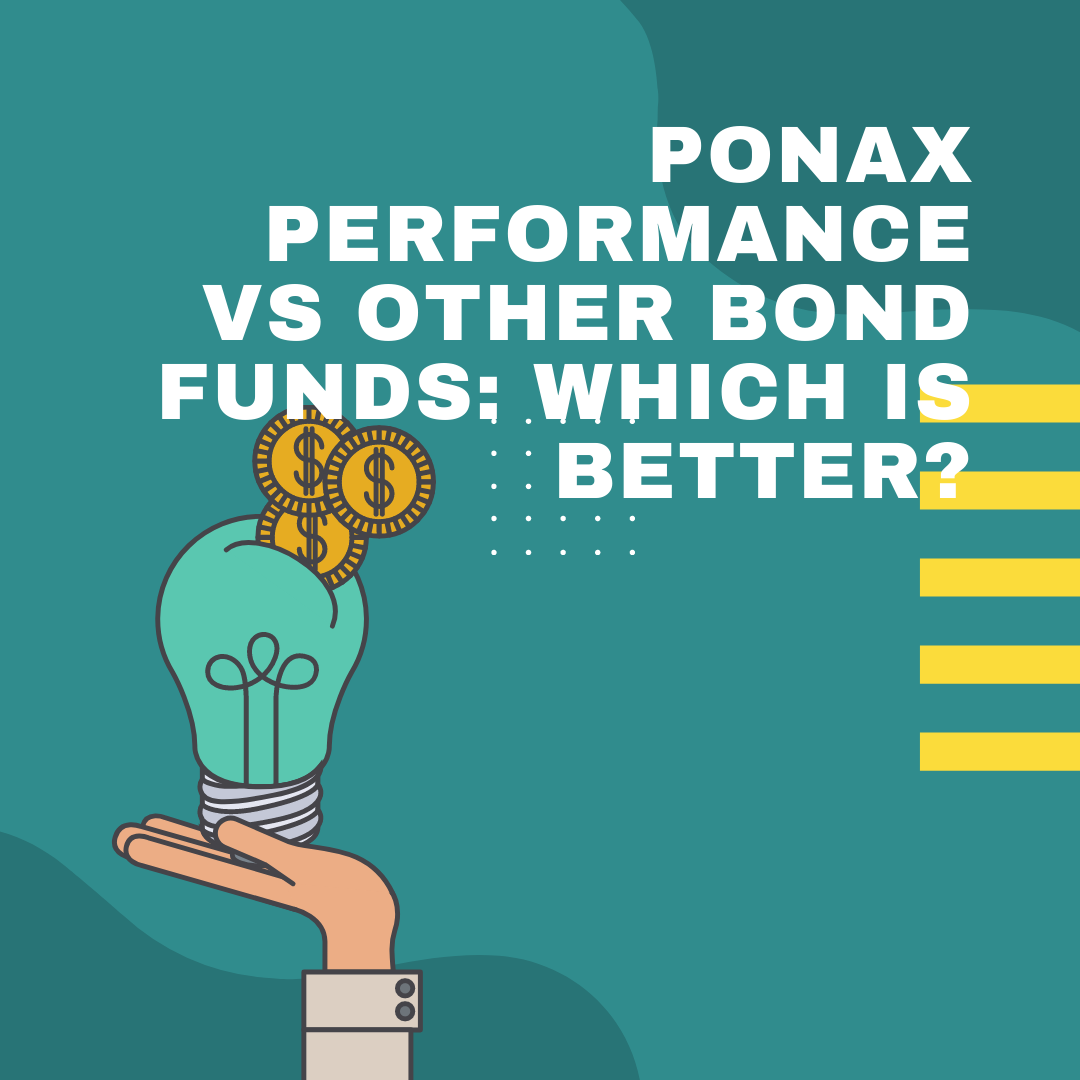What is Ponax Performance, and how does it work?
Ponax is a bond fund that invests in high-quality, short-term bonds with a credit risk component. Currently, 70% of the portfolio is AAA and AA rated. The fund’s track record can be found on my blog here. Ponax representatives claim that the bond funds are “tax optimized,” however this does not appear to be the case at first inspection. On an annual basis, all of their returns are taxable, therefore they pale in contrast to ETFs in terms of after-tax returns over time.
Ponax Performance is a hypothetical financial model that attempts to depict the performance of a common bond fund. The goal of this exercise is to compare its performance to that of other funds in the Market Vectors Intermediate Government/Credit Bond ETF (NYSEARCA: ICGB), which attempts to track the performance of a single representative benchmark index, the Market Vectors US Intermediate Government/Credit Bond Index, under a variety of market conditions.
Unless otherwise noted, all references to dollars are assumed to be in US dollars (USD).
What is a Ponax Performance for?
The goal is to accomplish three things:
- To highlight how costly purchasing financial services can be for individual investors;
- To give real-world examples of how different decisions affect investing; and
- To use mathematics to make the world a better place.
What factors go into determining Ponax Performance?
It is based on monthly total returns of ICGB and SPY (the S&P 500 ETF), and it covers the period from January 1, 2005, to December 31, 2014:
This graph can be interpreted in two ways:
- To begin, you could argue that, except U.S. Treasury bonds, which aren’t included in either portfolio, other bond funds have been flat at best over the last decade, but that the typical investor has lost far more than their fees due to volatility drag. The impact of losses generated by price swings is referred to as “volatility drag,” and it is the nemesis of individual investors. The orange line (Ponax) has been rising at a rate that would have made an investor dissatisfied if he or she had stayed in the fund over time, as you can see.
- The chart can also be interpreted as a caution not to bet on any investment for the next 10 years based solely on its past performance because there’s no assurance it will perform as well next decade. Because present market conditions may differ from those of the past, relying on historical average assumptions is especially hazardous.
Why is Ponax’s performance so poor in comparison to other bond funds?
There are three major causes for this:
- No exposure to Treasury Bonds in the United States – The chart’s only two bond funds with no Treasuries exposure are both actively managed, and they charge higher fees as a result. Because US Treasury bonds have historically offered a lower risk-return than other bonds, it’s vital to remember that not all bonds are created equal.
- Fees – As previously stated, investors pay a high premium to have someone else determine which investment to use. Indexing is now cheaper than ever before, according to Morningstar’s Fund Analyzer, yet advisors still charge 1 percent of assets yearly on average to make these decisions for you. That’s still a significant sum of money, but the amount you pay will depend on your specific circumstances.
- While other funds have had times of volatility, it is vital to consider the long term picture rather than just short-term performance fluctuations. Ponax’s returns for U.S. investors are mostly flat after taxes due to its volatile nature.
To recap, if market conditions remain the same as they have been for the previous 10 years or longer, an actively managed bond fund with no exposure to US Treasury bonds will likely cost an investor many times what Ponax charges in annual fees.
Is Ponax a wise investment?
It’s a good pick for a diversified portfolio, but there are better alternatives. It may be the greatest option for a conservative investor with a short time horizon; alternatively, one may own exclusively U.S. Treasury bonds or extremely short-term U.S. Treasuries (less than five years), which would eliminate the impacts of volatility drag and considerably reduce expenses.
Is it still worthwhile to invest in active bond funds despite prior performance?
Perhaps – remember how we said that looking at historical averages doesn’t predict future results? Because there wasn’t enough data to construct an accurate graphic before 2003, we didn’t include stats for anyone before that year:
This elucidates one of the most serious issues with active management. While some actively managed funds have outperformed indexing in the past, they attract investors by relying on a long-term track record based on historical averages. If you accept the premise that previous performance does not guarantee future results, then someone who has carefully studied the bond market and understands what’s coming next might be able to outperform indexing – but this is extremely rare.
The upshot from all of this is to watch out for fees, diversify your investments across multiple funds, and never bet on something without evaluating all sides of the equation.
